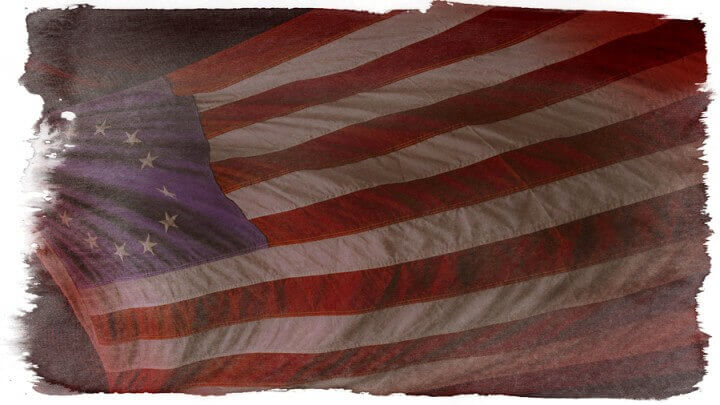 The national anthem of the United States is “The Star Spangled Banner”. The lyrics were taken from a poem written in 1814 by Francis Scott Key. Key who was a thirty-five year old amateur poet who wrote “Defense of Fort McHenry” after witnessing the bombardment of Fort McHenry in Baltimore, Maryland by British ships in Chesapeake Bay during the War of 1812.
The national anthem of the United States is “The Star Spangled Banner”. The lyrics were taken from a poem written in 1814 by Francis Scott Key. Key who was a thirty-five year old amateur poet who wrote “Defense of Fort McHenry” after witnessing the bombardment of Fort McHenry in Baltimore, Maryland by British ships in Chesapeake Bay during the War of 1812.
The words of the poem were set to the tune of a popular British drinking song. This song was written by John Stafford Smith for the Anacreontic Society, a London social club. “The Anacreontic Song” was already popular in the United States and had been set to various lyrics. Once it was set to Key’s poem and renamed, “The Star Spangled Banner” it would soon become a well-known American patriotic song. It is known as being difficult to sing with it’s range of one and a half octaves. The first stanza of the song is the one that is most commonly sung although the song has four stanzas. Generally the fourth stanza (“O thus be it ever when free men shall stand …”) is only added on more formal occasions.
Interestingly “The Star Spangled Banner” has been recognized only through a number of years. It was recognized for official use by the Navy in 1889 and then the President in 1916. It was finally made the national anthem by a Congressional resolution on March 3, 1931 which was signed by President Herbert Hoover.
Other songs served as the hymns of American officialdom prior to 1931. One of the most popular songs was “Hail Columbia!” which served as the national anthem from Washington’s time and through the 18th and 19th centuries. After the War of 1812 and the outbreak of subsequent American wars, other songs would then emerge to compete for popularity at public events, among them was “The Star-Spangled Banner.”
The origins of “The Star Spangled Banner” were to say at the least exciting and certainly historic. Coupled with historical records, an artist’s rendering of the battle at Fort McHenry shows us how the song came about. On September 3, 1814, Francis Scott Key and John S. Skinner, (an American prisoner-exchange agent), set sail from Baltimore aboard the ship HMS Minden
.
The ship was flying a flag of truce on a mission approved by President James Madison. Their main objective was to secure the release of Dr. William Beanes, the elderly and popular town physician of Upper Marlboro and a friend of Key’s who had been captured in his home. Beanes had been accused of aiding in the arrest of British soldiers. Key and Skinner went on to the British flagship, HMS Tonnant, on September 7 and spoke with Major General Robert Ross and Admiral Alexander Cochrane over dinner, while they discussed war plans. At first, Ross and Cochrane vehemently refused to release Beanes, but later relented after Key and Skinner showed them letters written by wounded British prisoners praising Beanes and other Americans for their kind treatment.
Since Key and Skinner had heard the details of the plan for the attack on Baltimore, they were held captive until after the battle, first aboard the HMS Surprise, and later back on the HMS Minden. After the heavy bombardment, British gunboats were going to attempt to slip past the fort and effect a landing in a cove to the west of it. They were turned away by fire from nearby Fort Covington, which was the city’s last line of defense. During the rainy night, Key had witnessed the bombardment and observed that the fort’s smaller “storm flag” continued to fly, but once the shelling and rocket barrage had stopped, he would not know how the battle had turned out until dawn. At the break of dawn the storm flag had been lowered, and the larger American flag had been raised.
Aboard the ship the next day, Key wrote the poem on the back of a letter he had kept in his pocket. Shortly after twilight on September 16th, he and Skinner were released in Baltimore. He then finished the poem at the Indian Queen Hotel, where he was staying, and he entitled it “Defense of Fort McHenry” and “The Star Spangled Banner” was born.

Leave a Reply